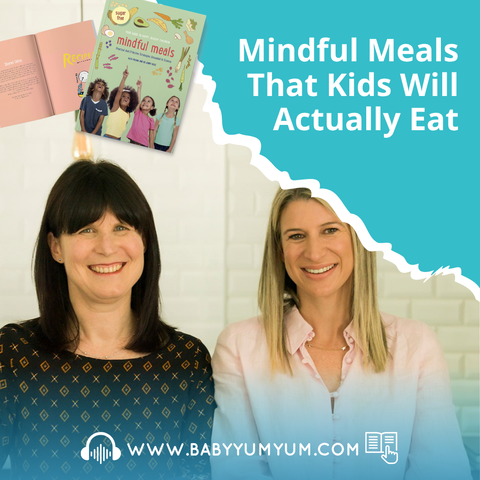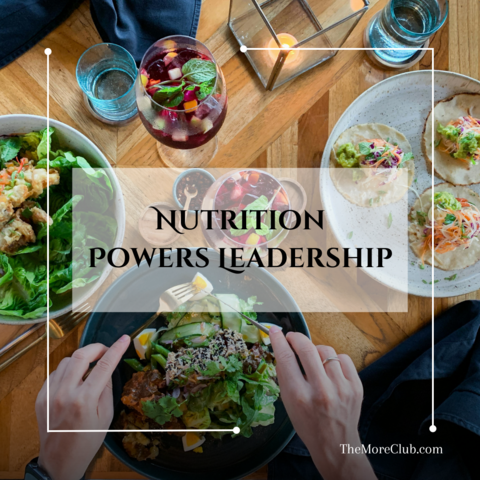In our fast-paced world, it’s easy to overlook the journey our food takes before it reaches our plates. We often eat on the go, distracted by screens, or in a rush, without truly appreciating the nourishment we receive. Mindful eating invites us to slow down and savor each bite, bringing a deeper awareness and gratitude for the food we consume.
What is Mindful Eating?
Mindful eating is the practice of being fully present and engaged while eating. It’s about appreciating the colors, textures, and flavors of our food, and understanding the journey it took to arrive at our table. This practice isn’t tied to any particular spiritual or religious tradition; it’s simply about cultivating a deeper connection with the food we eat and the process that brings it to us.
The Journey of Food: From Seed to Plate
- The Seed: Every piece of food starts from a seed. Imagine the tiny seed planted in the earth, nurtured by the soil, water, and sunlight. Farmers care for these seeds, ensuring they have the best chance to grow.
- Growth: Picture the seed sprouting, growing into a plant or tree. The plant endures various weather conditions, receiving care from farmers who protect it from pests and provide the nutrients it needs to thrive.
- Harvest: When the time is right, the food is harvested. This might involve picking fruit from trees, gathering grains, or pulling vegetables from the ground. Consider the effort and dedication required to harvest the food at its peak.
- Transportation: After harvest, the food is transported. It may travel long distances, passing through the hands of many workers, from packers and drivers to warehouse staff and store employees, all playing a role in delivering the food to us.
- Processing and Distribution: Some foods undergo processing—washing, sorting, and packaging—before reaching the market. Think about the systems and people involved in these steps, ensuring the food is safe and ready for consumption.
- Purchase: Whether from a grocery store, market, or directly from a farm, purchasing food is an act that connects us to the larger food system. It involves choices that reflect our tastes, needs, and values.
- Preparation: Preparing food can be a mindful activity in itself. Washing, cutting, cooking, and arranging food requires attention and care. It’s an opportunity to appreciate the transformation of ingredients into a meal.
Practicing Mindful Eating
To begin practicing mindful eating, try this simple exercise:
- Choose Your Food: Select a piece of food, like an apple or a piece of bread.
- Observe: Take a moment to look at the food. Notice its color, shape, and texture. Feel its weight in your hand.
- Imagine the Journey: Visualize the journey this food took to reach you, from seed to harvest, transportation, and preparation.
- Savor the Flavor: Take a small bite and chew slowly. Pay attention to the flavors and textures. Notice how the food changes as you chew.
- Express Gratitude: Reflect on the effort involved in bringing this food to your table. Feel gratitude for the earth, the farmers, the workers, and everyone who played a part.
Benefits of Mindful Eating
- Enhanced Gratitude: Appreciating the journey of food fosters a sense of gratitude for the nourishment we receive.
- Better Digestion: Eating slowly and mindfully can improve digestion and help us recognize when we’re full.
- Greater Enjoyment: Mindful eating allows us to savor the flavors and textures of our food, enhancing our eating experience.
- Healthier Choices: When we eat mindfully, we’re more likely to make healthier food choices and enjoy balanced meals.
Conclusion
Mindful eating is a simple yet powerful practice that can transform our relationship with food. By slowing down and appreciating the journey of our food, we cultivate gratitude and mindfulness in our daily lives. Whether you’re familiar with meditation or not, mindful eating is an accessible way to bring more awareness and enjoyment to your meals.
Give it a try with your next meal and discover the difference it makes!
https://richardsilverman108.wordpress.com/2024/08/13/discovering-the-art-of-mindful-eating/
#digestion #eatingMeditation #foodAppreciation #foodJourney #foodMindfulness #gratitude #healthyEating #InnerPeace #meditation #meditationTechniques #mentalClarity #mindfulEating #MindfulLiving #mindfulMeals #Mindfulness #mindfulnessPractice #nourishment #savoringFood #SelfAwareness #StressRelief

